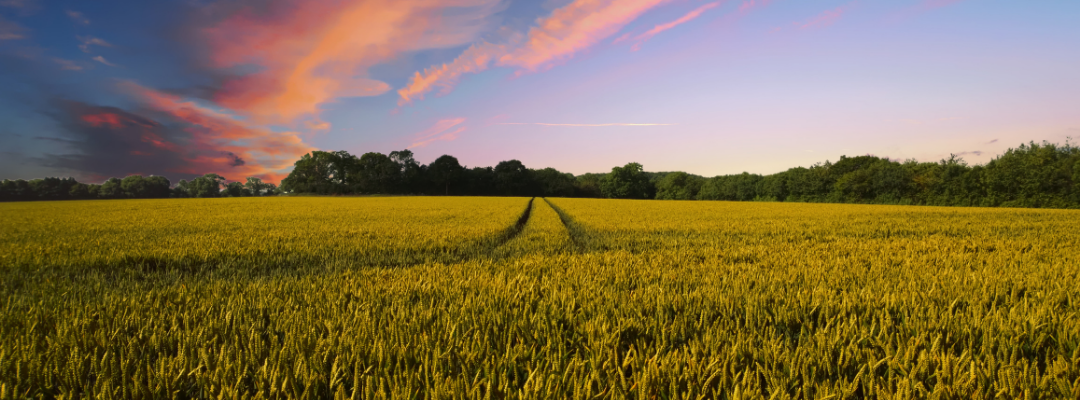The April U.S. Bureau of Labor Statistics Consumer Price Index (CPI) update confirms what anyone who has gone to the gas station or grocery store in the last few months already suspected: prices are rising rapidly, particularly on food and energy. The CPI is a composite measure of the cost of consumer related products, and a number of different CPI measures include different types or bundles of consumer products. The CPI which includes all-items was up 8.5% from March 2021 to March 2022. The March index for food only was up a bit more than that year-over-year, increasing by 8.9%. The March energy index was up 32.0% over the past twelve months.
While energy and food prices have clearly gotten a lot of attention, price inflation is occurring broadly throughout the economy. The core inflation index (all items less food and energy) for March was 6.5% higher than the previous year. This is the largest year-over-year increase in the core index since August 1982. So, while inflation may be most pronounced on energy and food at present, it is clearly not confined to those sectors. The overall economy is experiencing the worst inflation in forty years. Figure 1 illustrates the annual rate of inflation over the past half century, expressed as the year-over-year percentage change in the monthly all-items CPI.
Figure 1. Inflation, Measured by Percentage Change (year over year) in Consumer Price Index (CPI)

Rising prices are a challenge not only for consumers but also for businesses who must deal with rising production costs. Many businesses will respond to increasing costs of labor, supplies, materials, or other inputs by raising the price of their output to maintain profits. Competitive pressure can certainly constrain a business’ ability to raise prices, but many businesses generally have some latitude to adjust their product prices in response to higher input costs. This is not the case for farmers and ranchers, who are price takers in both input and output markets. That is, farmers and ranchers have no ability to influence the price they pay for inputs or to set prices on their output. Thus, their ability to pass along increased costs to their customers is basically nonexistent.
Figure 2 illustrates the long term trends in consumer prices and farm product prices. It is clear that farm prices have not kept pace with broad consumer prices. Effectively farm products are losing buying power relative to broad consumer products. An aggregate bundle of farm products today is sold for 5.25 times the price received in 1970. On the other hand, a bundle of consumer products costs 7.5 times what it would have cost in 1970. Farm commodities today will only buy about 70% of the consumer products they would have bought in 1970, and that is only after the gap has narrowed considerably since the spring of 2020.
It is important to note that the agricultural industry as a whole is in better shape than the chart alone would suggest. To offset the erosion of buying power, farmers have increased the quantity of products they sell by relying on improved production efficiency, yield gains, and growing the size of their farm. In other words, the erosion of purchasing power per unit of farm output has been offset by increases in the scale of production. Necessarily over time, an increase in farm size also implies a decrease in the total number of farms (two trends that date back hundreds of years). The challenge for the individual farm or ranch is to manage times of volatility and uncertainty while also navigating the normal long-term trend of attrition, and thus surviving to be one of the “fewer” farmers moving forward. We appear to be in the middle of one of those times when price volatility is a significant management challenge.
Figure 2. Consumer Prices and Farm Product Prices

The warning on the horizon for agricultural producers is not the immediate problem of inflation. Instead, the concern is what comes after. Producers can weather inflation reasonably well, as long as, farm prices are moving more-or-less in conjunction with input prices. Such a situation is not unprecedented: take the 1970’s as an example. While the 10 years from 1973 to 1982 represent some of the worst inflation in this country’s history, we don’t talk about a 1970’s agricultural crisis because farm prices were mostly keeping pace. In fact, in the face of extraordinary inflation, agricultural conditions encouraged farmer investment and taking on additional debt. The crisis didn’t appear until the 1980’s. As inflation moderated and commodity prices flat-lined, the burden of servicing debt at high interest rates (which were both a result of and the treatment for high inflation) became unsustainable for an industry that was not only highly dependent on short and intermediate term financing but that had also leveraged up to high debt levels. The lessons moving forward in an uncertain economy where both inflation and farm prices are rising together: 1) farm prices are not likely to keep up with broader inflation rates indefinitely, 2) higher interest rates are very likely coming soon, and 3) don’t take on new debt based on the assumption that current conditions will continue.
Anderson, John D. , Steven L. Klose. “Inflation and Farm Prices.” Southern Ag Today 2(22.3). May 25, 2022. Permalink


